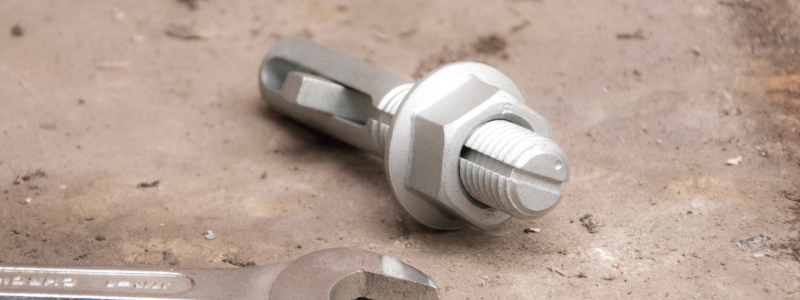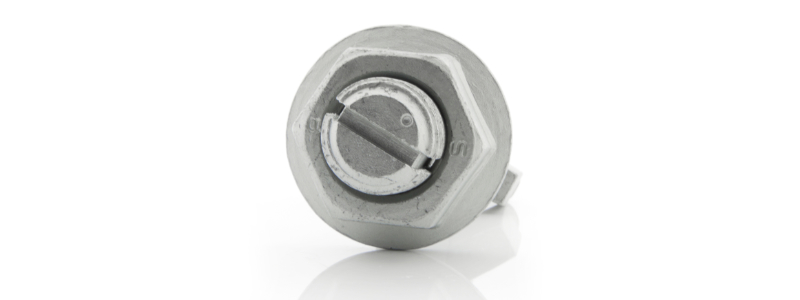What Are the Differences Between Blind Bolts and Lockbolts?
Blindbolt UK | 18th January 2021

Blind Bolt
It is easy to assume that all bolts are created equally, but that’s not the case. Two of your main options in the construction industry are lockbolts and blind bolts. Below, we will explain how the two differ so that you can get a better understanding.
What Is A Lockbolt?
As the name indicates, this is a bolt that will lock in place when installed, ensuring that they don’t become loose over time, even with extreme vibration and stress.
These bolts are used in many different applications in the place of a conventional or rivet block, as they offer long-lasting performance and exceptional strength.
How Is A Lockbolt Constructed?
A lock bolt has two pieces: the collar and the pin. They can be installed instead of rivets or nuts and bolts, delivering improved strength and eliminating the need for additional components, for instance, lock washers.
A lockbolt can be put in place from one side of a workpiece. Setting occurs from the collar side. During lockbolt installation, you then pull the collar, swagging it onto the lockbolt. This means torque does not need to be applied from both sides, as is the case with a nut and bolt. This results in an installation process that is quick and simple.
What Is A Blind Bolt?
A blind bolt is a flexible fastener because installation can take place from one side only, using holes that have been previously drilled. This means you don’t do not need to worry about accessing the alternative side of your work to complete the lock.
There are a whole host of contrasting applications that blind bolts are suitable for including connecting boxes, sections or girder cavities, cladding and facades. This is thanks to blind bolts being easy and quick to install, as well as providing excellent tensile strength.
How A Blind Bolt Is Constructed?
A standard blind bolt usually consists of a sleeve, collar, and steel pin. It is installed through the use of a blind bolt tool that works in a similar manner to a riveter. The blind bolt will be inserted through a hole that has already been drilled in. A solid connection is then created via the weight on the collar. This pressure results in the collapse of the expander, meaning the collar creates a seal on the side where you use the tool and the blind side remains firm. For more information on blind bolt installation, check out our detailed blind bolt installation and removal videos by clicking here.
The Importance of Grip Range
Grip range is vital when it comes to blind bolts. If the total thickness of the material, which includes any backup washer, is lower than the minimum amount that has been specified, the fastened connection is going to be loose. On the other side, if the thickness is more than the total maximum that has been specified, the bolt may not set, which means the strength can be compromised. This highlights why it is imperative to ensure you have the correct blind bolt for the task at hand.
Bolted Shut
We can help you determine whether a blind bolt or lockbolt is the best option for your project and are always happy to help advise you on the best fastener options for any construction projects. At BlindBolt, we are constantly looking at new ways to improve our blind bolts to ensure that we provide our customers with products of the highest quality. Interested in finding out more about blind bolts? Check out our blog, ‘What Is a Blind Bolt & What Is It Used For?’ by clicking here.
Alternatively, contact a member of the BlindBolt team today on +44 (01299) 272 955 or by emailing us on enquiries@blindbolt.co.uk. You can also get in touch by using the contact form below.

The Blind Bolt